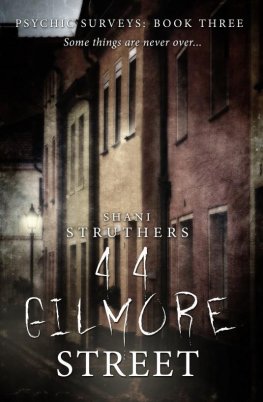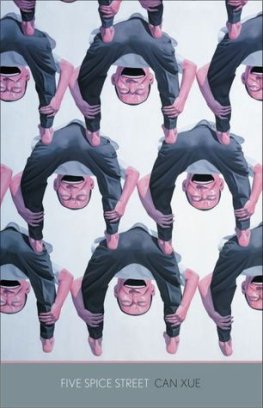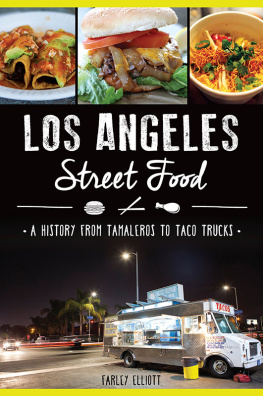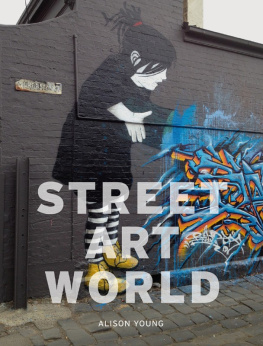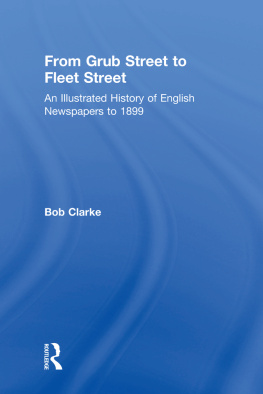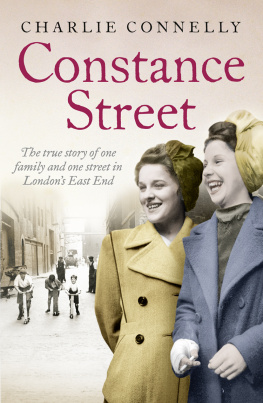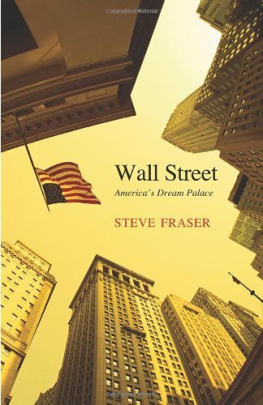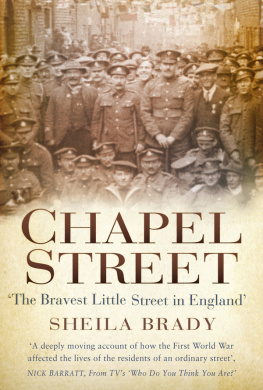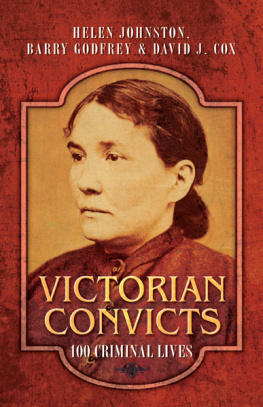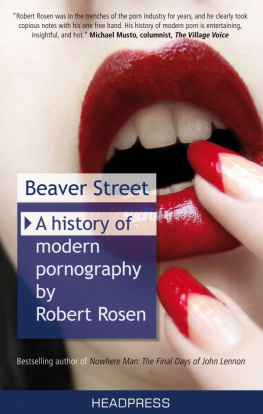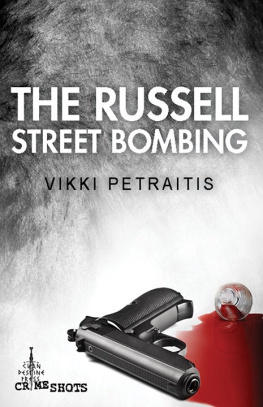David J. Cox - A Certain Share of Low Cunning: A History of the Bow Street Runners, 1792-1839
Here you can read online David J. Cox - A Certain Share of Low Cunning: A History of the Bow Street Runners, 1792-1839 full text of the book (entire story) in english for free. Download pdf and epub, get meaning, cover and reviews about this ebook. year: 2010, publisher: Willan, genre: Detective and thriller. Description of the work, (preface) as well as reviews are available. Best literature library LitArk.com created for fans of good reading and offers a wide selection of genres:
Romance novel
Science fiction
Adventure
Detective
Science
History
Home and family
Prose
Art
Politics
Computer
Non-fiction
Religion
Business
Children
Humor
Choose a favorite category and find really read worthwhile books. Enjoy immersion in the world of imagination, feel the emotions of the characters or learn something new for yourself, make an fascinating discovery.

- Book:A Certain Share of Low Cunning: A History of the Bow Street Runners, 1792-1839
- Author:
- Publisher:Willan
- Genre:
- Year:2010
- Rating:3 / 5
- Favourites:Add to favourites
- Your mark:
A Certain Share of Low Cunning: A History of the Bow Street Runners, 1792-1839: summary, description and annotation
We offer to read an annotation, description, summary or preface (depends on what the author of the book "A Certain Share of Low Cunning: A History of the Bow Street Runners, 1792-1839" wrote himself). If you haven't found the necessary information about the book — write in the comments, we will try to find it.
This book provides an account and analysis of the history of the Bow Street Runners, precursors of todays police force. Through a detailed analysis of a wide range of both qualitative and quantitative research data, this book provides a fresh insight into their history, arguing that the use of Bow Street personnel in provincially instigated cases was much more common than has been assumed by many historians. It also demonstrates that the range of activities carried out by Bow Street personnel whilst employed on such cases was far more complex than can be gleaned from the majority of books and articles concerning early nineteenth-century provincial policing, which often do little more than touch on the role of Bow Street. By describing the various roles and activities of the Bow Street Principal Officers with specific regard to cases originating in the provinces it also places them firmly within the wider contexts of provincial law-enforcement and policing history.
The book investigates the types of case in which the Runners were involved, who employed them and why, how they operated, including their interaction with local law-enforcement bodies, and how they were perceived by those who utilized their services. It also discusses the legacy of the Principal Officers with regard to subsequent developments within policing. Bow Street Police Office and its personnel have long been regarded by many historians as little more than a discrete and often inconsequential footnote to the history of policing, leading to a partial and incomplete understanding of their work. This viewpoint is challenged in this book, which argues that in several ways the utilization of Principal Officers in provincially instigated cases paved the way for important subsequent developments in policing, especially with regard to detective practices. It is also the first work to provide a clear distinction between the Principal Officers and their less senior colleagues.
David J. Cox: author's other books
Who wrote A Certain Share of Low Cunning: A History of the Bow Street Runners, 1792-1839? Find out the surname, the name of the author of the book and a list of all author's works by series.

